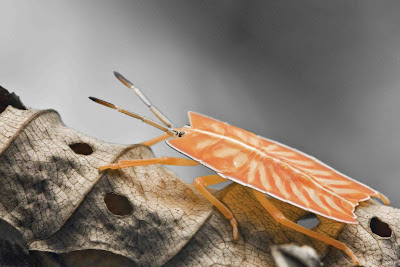Socotra Island
Socotra or Soqotra is a small archipelago of four islands and islets in the Indian Ocean off the coast of the Horn of Africa some 190 nautical miles (220 mi; 350 km) south of the Arabian peninsula, belonging to the Republic of Yemen. It has long been a part of the 'Adan Governorate, but in 2004 it became attached to the Hadhramaut Governorate, which is much closer to the island than 'Adan (although the closest governorate would be Al Mahrah).
The name of the island is believed to come from Sanskrit 'dvipa sakhadara', which can be translated with 'Island of Bliss'.
THE ROOF OF ARABIA: One of the oldest inhabited regions worldwide transports visitors back into the world of thousand and one nights. Close to nature and unspoiled natural beauty, Yemen this age-old center of civilization preserves a way of life that has hardly changed since the middle ages.
Geography and climate Socotra is one of the most isolated landforms on Earth of continental origin (i.e., not of volcanic origin). The archipelago was once part of the supercontinent of Gondwana and detached during the Middle Pliocene (ca 6 million years ago), in the same set of rifting events that opened the Gulf of Aden to its northwest.
The archipelago consists of the main island of Socotra (3,625 km² or 1,400 sq mi), the three smaller islands of Abd al Kuri, Samhah, and Darsa, and small rock outcrops like Ka’l Fir’awn and Sabuniyah that are uninhabitable by humans but important for birds.
The main island has three geographical terrains: the narrow coastal plains, a limestone plateau permeated with karstic caves, and the Haghier Mountains. The mountains rise to 5,000 feet (1,525 m). The island is a little over 80 miles (130 km) long east to west and typically 18-22 miles (30-35 km) north to south.
The climate is generally tropical desert, with rainfall being light, seasonal (winter) and more abundant at the higher ground in the interior than along the coastal lowlands. The monsoon season brings strong winds and high seas.
This Blog Reflects the Thoughts of my Mind. I have depicted them Through Pictures and Art. Hope you All will appreciate it.
Friday, September 3, 2010
The Most Colourful River In The World
The river shown in the photographs is the Caño Cristales, which is located near the town of La Macarena in Columbia, South America. The river, world famous for its colourful display, has been called "the river that ran away to paradise", "the most beautiful river in the world" and "the river of five colours".
During Colombia's wet season, the water flows fast and deep, obscuring the bottom of the river and denying the mosses and algae that call the river home the sun that they need. And during the dry season there is not enough water to support the dazzling array of life in the river. But during a brief span between the wet and dry seasons, when the water level is just right, the many varieties of algae and moss bloom in a dazzling display of colors. Blotches of amarillo, blue, green, black, and red - and a thousand shades in between - coat the river.
The part of the river where the colourful blooms occur is quite isolated and is not accessible by road. Adventurous tourists can now fly into La Macarena and then make their way to to the river site on foot as part of guided tours. The site was effectively closed to tourists for several years because of guerrilla activity in the region along with concerns about the impact of unregulated tourist traffic. However, the site was reopened to visitors in 2009.
The river shown in the photographs is the Caño Cristales, which is located near the town of La Macarena in Columbia, South America. The river, world famous for its colourful display, has been called "the river that ran away to paradise", "the most beautiful river in the world" and "the river of five colours".
During Colombia's wet season, the water flows fast and deep, obscuring the bottom of the river and denying the mosses and algae that call the river home the sun that they need. And during the dry season there is not enough water to support the dazzling array of life in the river. But during a brief span between the wet and dry seasons, when the water level is just right, the many varieties of algae and moss bloom in a dazzling display of colors. Blotches of amarillo, blue, green, black, and red - and a thousand shades in between - coat the river.
The part of the river where the colourful blooms occur is quite isolated and is not accessible by road. Adventurous tourists can now fly into La Macarena and then make their way to to the river site on foot as part of guided tours. The site was effectively closed to tourists for several years because of guerrilla activity in the region along with concerns about the impact of unregulated tourist traffic. However, the site was reopened to visitors in 2009.
Subscribe to:
Posts (Atom)















